

Chocolate Company
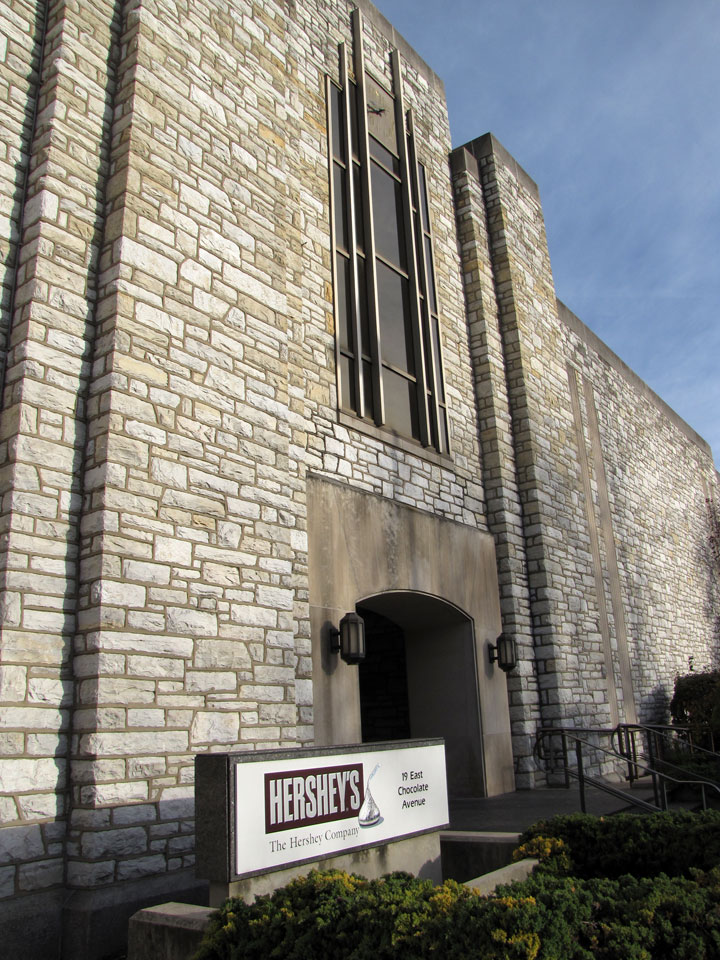
Hershey Company
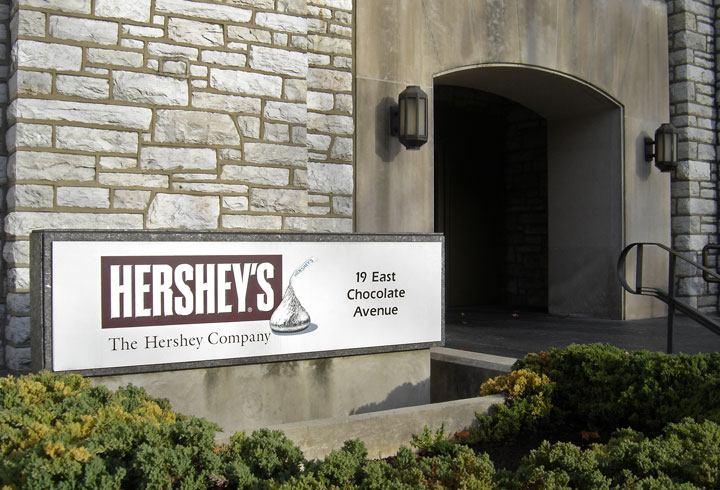
The Hershey Company (NYSE: HSY), known until April 2004 as the Hershey Foods Corporation and commonly called Hershey's, is the largest chocolate manufacturer in North America. Its headquarters are in Hershey, Pennsylvania, which is also home to Hershey's Chocolate World. It was founded by Milton S. Hershey in 1894 as the Hershey Chocolate Company, a subsidiary of his Lancaster Caramel Company. Hershey's candies and other products are sold worldwide.
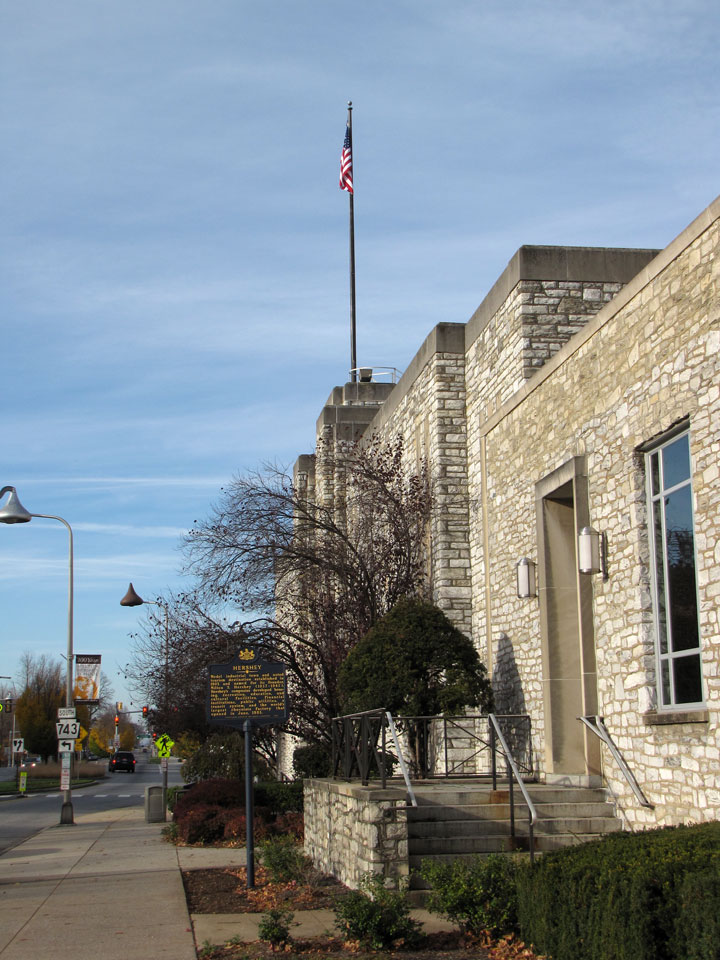
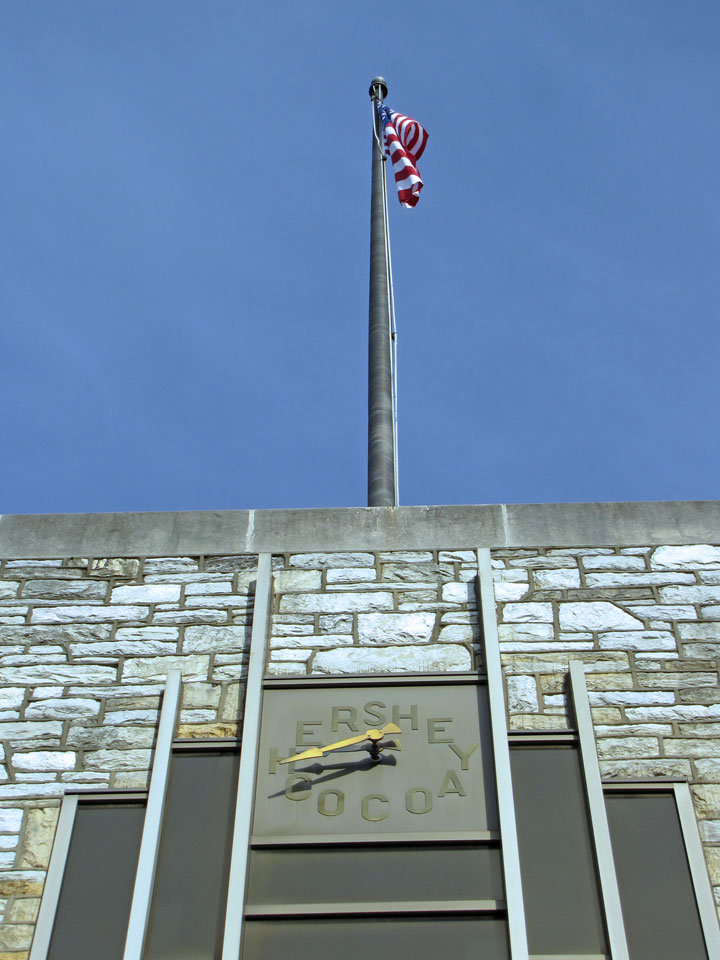
Hershey's is one of the oldest chocolate companies in the United States, and an
American icon for its chocolate bar. The Hershey Company owns many other candy
companies and is also affiliated with Hershey Entertainment and Resorts Company,
which runs Hersheypark, a chocolate-themed amusement park; the Hershey Bears
hockey team; Hersheypark Stadium; and the GIANT Center.
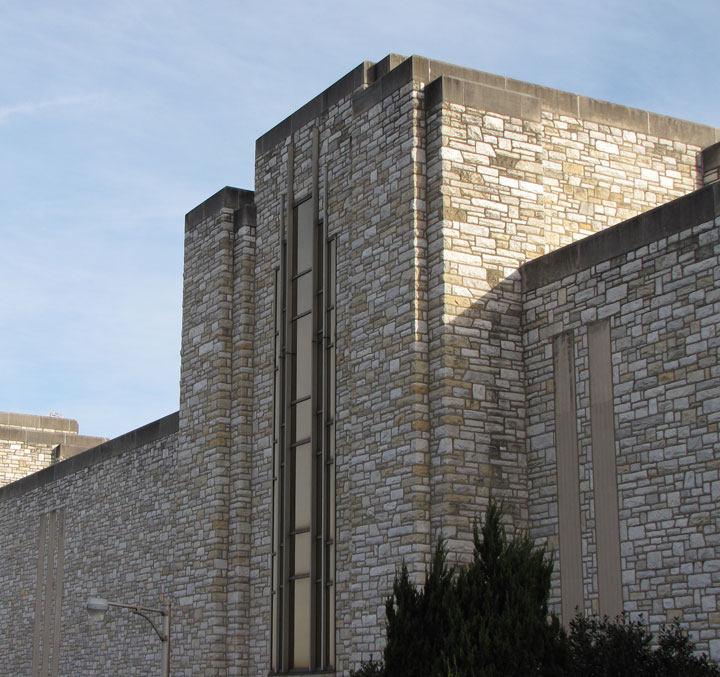
After completing an apprenticeship to a confectioner in 1876, Milton Snavely Hershey founded a candy shop in Philadelphia, which failed six years later. After trying unsuccessfully to manufacture candy in New York, Hershey returned to Pennsylvania, where he founded the Lancaster Caramel Company, whose use of fresh milk in caramels proved successful. In 1900, Hershey sold his caramel company for $1,000,000 (about US$24,000,000 in today's currency) and began to concentrate on chocolate manufacturing. In 1903, Hershey began construction of a chocolate plant in his hometown, Derry Church, Pennsylvania, which later came to be known as Hershey, Pennsylvania. The milk chocolate bars manufactured at this plant proved successful, and the company grew rapidly thereafter.
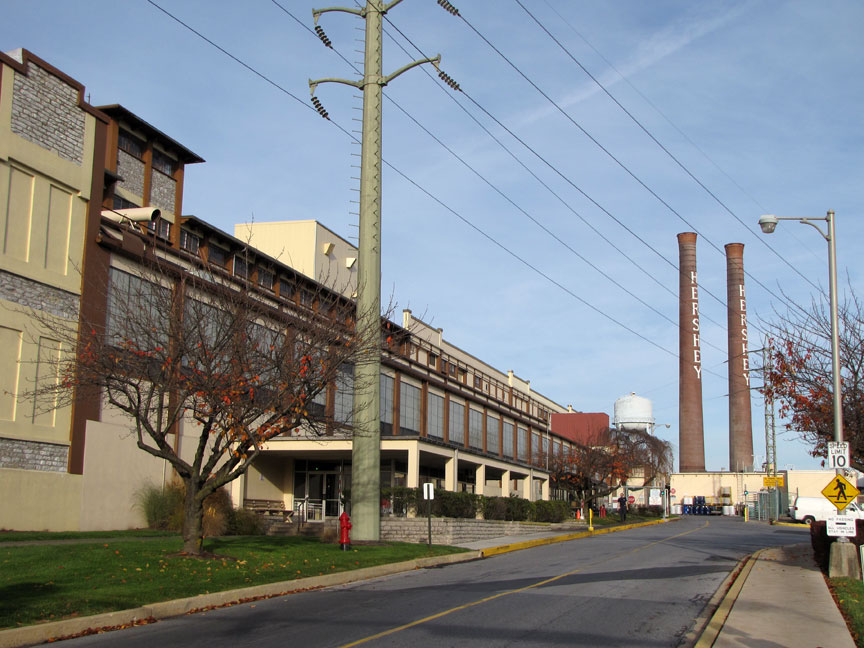
the chocolate factory
While his company was successfully selling sweet chocolate products, Milton Hershey knew that a fortune lay in creating and selling milk chocolate products. Milton built a milk-processing plant in the year 1896, to be able to create and refine a recipe for milk chocolate candies. In 1899, three years later, he developed the Hershey process.

In 1907, Hershey introduced a new candy, small flat-bottomed conical-shaped
pieces of chocolate that he named "Hershey's Kisses". Initially they were
individually wrapped by hand in squares of foil, and the introduction of machine
wrapping in 1921 simplified the process while adding the small paper ribbon to
the top of the package to indicate that it was a genuine Hershey product. The
product was trademarked three years later and went on to become one of the most
successful and well-known products ever produced by the company. (In 2007, in a
rare embrace of a commercial product on a first-class stamp, the USPS marked the
one-hundredth anniversary of Hershey's by placing an image of one on its Love
Stamp.) Other products introduced include Mr. Goodbar (1925), Hershey’s Syrup
(1926), chocolate chips (1928), and the Krackel bar (1938).
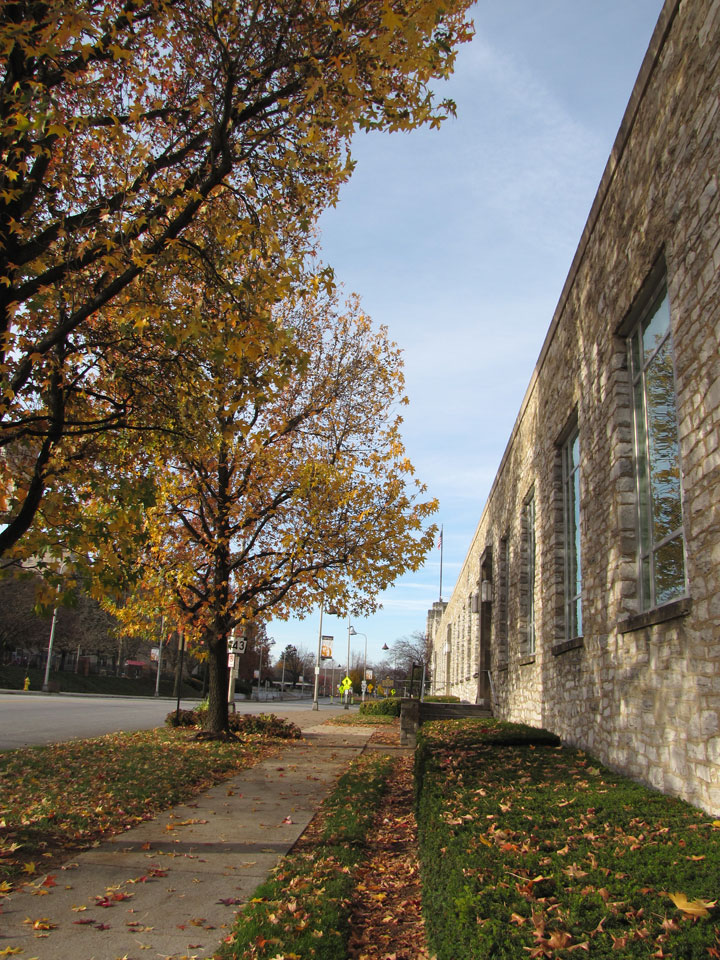
Harry Burnett Reese worked at Hershey beginning in 1917 as a dairyman for the
Hershey Farms. In 1921 he went to work in the factory. His son (Ralph) later
recalled that he said that if Mr. Hershey could sell seven carloads of chocolate
a week that he saw no reason why he couldn't sell a couple hundred pounds. Reese
experimented at his home with various confections. By 1925 he had developed an
assortment of candies which he was able to sell to department stores in
Lancaster, advertised as "made in Hershey". In 1926 he built his own factory.
During the depression years Reese's company struggled but was aided by Milton
Hershey with free sugar and cut-price chocolate as well as with engineering help
when Reese's equipment had problems. In 1941 with the wartime rationing of
sugar, Reese focused all of his production resources and focus on peanut butter
cups which required less sugar than most other confections of the time. The
candy became very popular, selling for a penny per cup, and Reese discontinued
all of his other products. By the early 1950s his company had become one of the
largest candy companies in America with annual sales of $10 million. In 1956 H.B.
Reese died without leaving a plan of succession. The company floundered for
several years under the control of his 6 surviving sons. In June 1963 Hershey
acquired Reese's company for $23.3 million at a time when Reese's sales were $14
million annually.
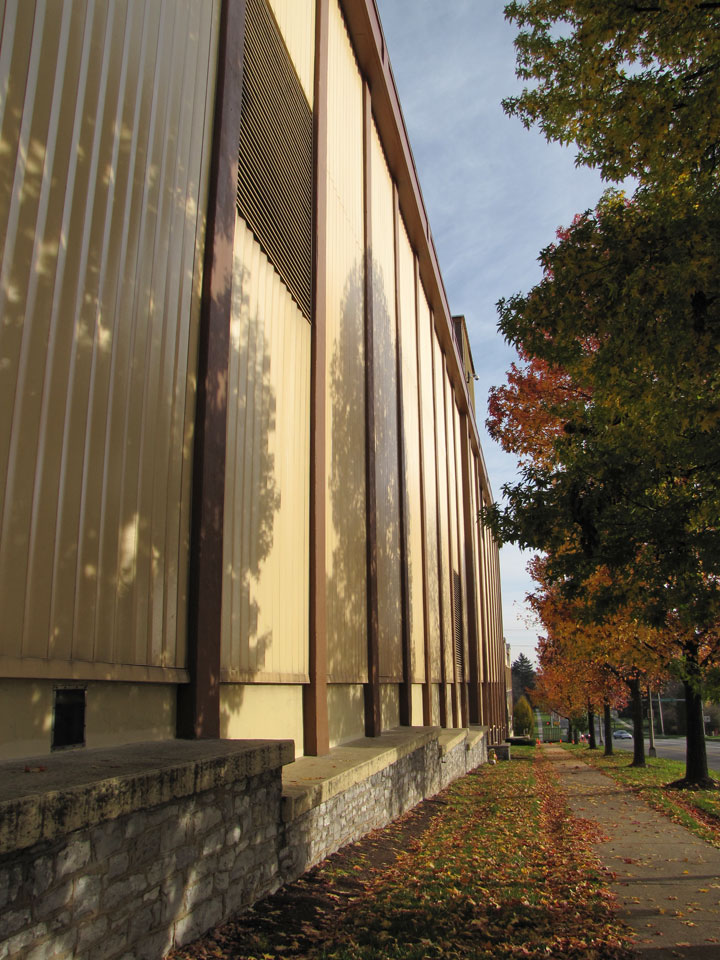
In 1940, over two years after the defeat of the CIO union, an affiliate of the
American Federation of Labor successfully organized Hershey's workers under the
leadership of John Shearer, who became the locals first president. Currently,
Local 464 of the Bakery, Confectionery, Tobacco Workers, and Grain Millers
represents the Hershey workers, and although it calls itself the "Chocolate
Workers" it has successfully organized workers in other local industries.
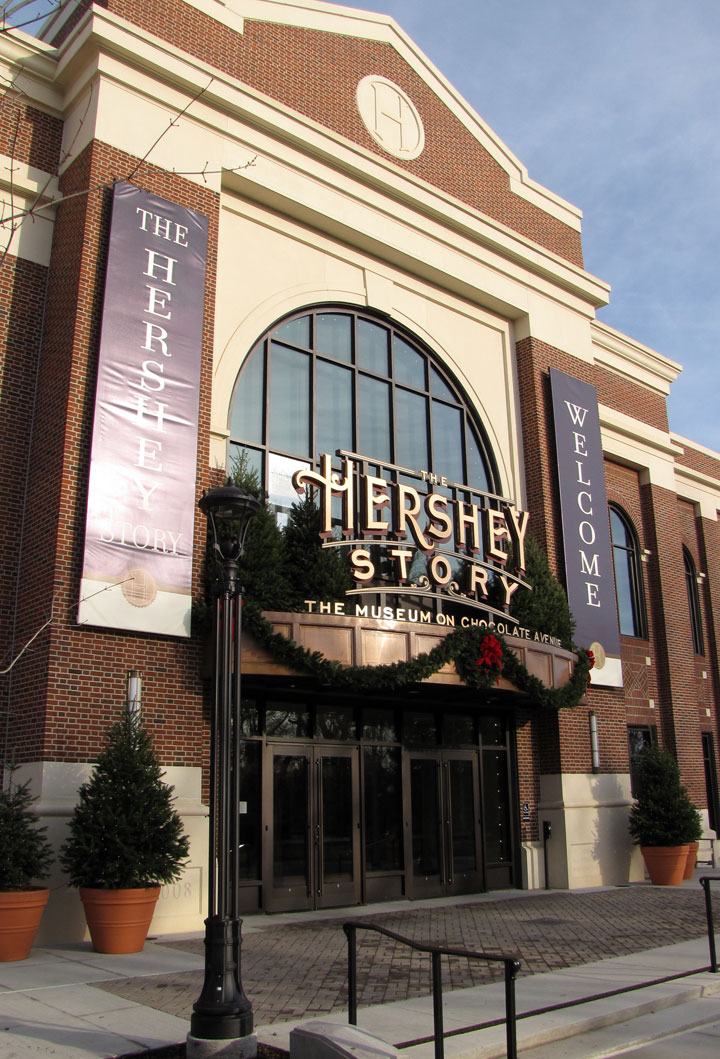
The Hershey Story
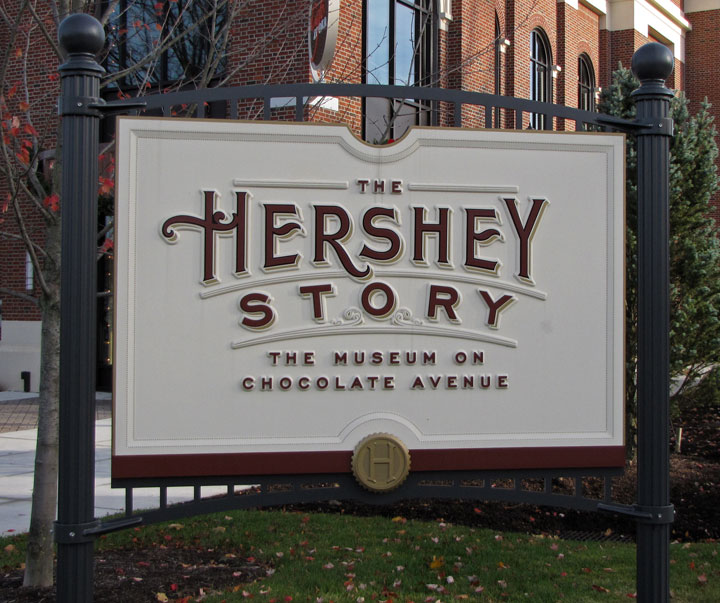
In 1941 Bruce Murrie, son of long-term President William F.R. Murrie, struck a deal with Forest Mars to create a hard sugar coated chocolate that would be called M&M's (named for the two men). Murrie had 20 percent interest in the confection. The new confection would use Hershey chocolate during the rationing era during World War II. In 1948 Mars bought out Murrie's interest and would become one of Hershey's primary competitors.
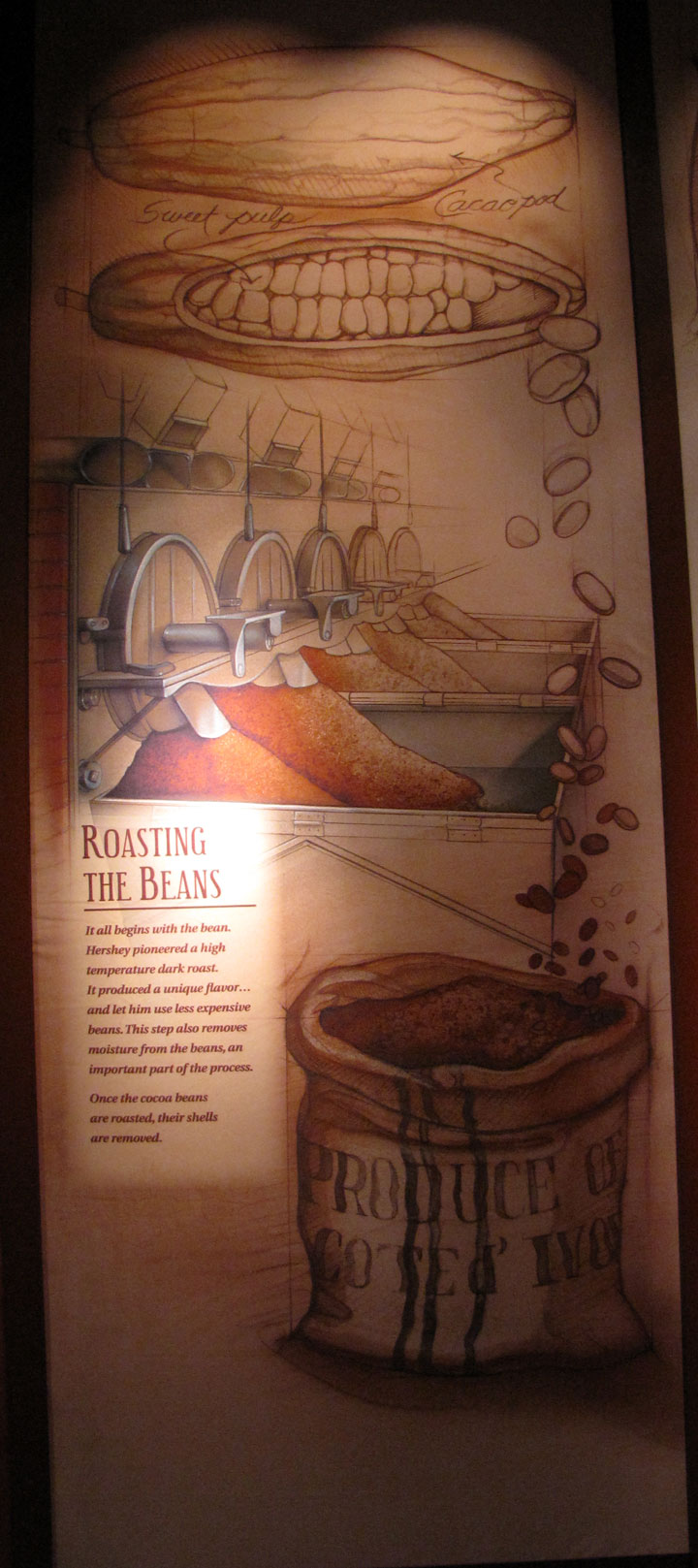
Roasting the Beans
In 2007, the Chocolate Manufacturers Association in the United States, whose members include Hershey, Nestlé, and Archer Daniels Midland, lobbied the Food and Drug Administration to change the legal definition of chocolate to let them substitute partially hydrogenated vegetable oils for cocoa butter in addition to using artificial sweeteners and milk substitutes. Currently, the FDA does not allow a product to be referred to as "chocolate" if the product contains any of these ingredients.
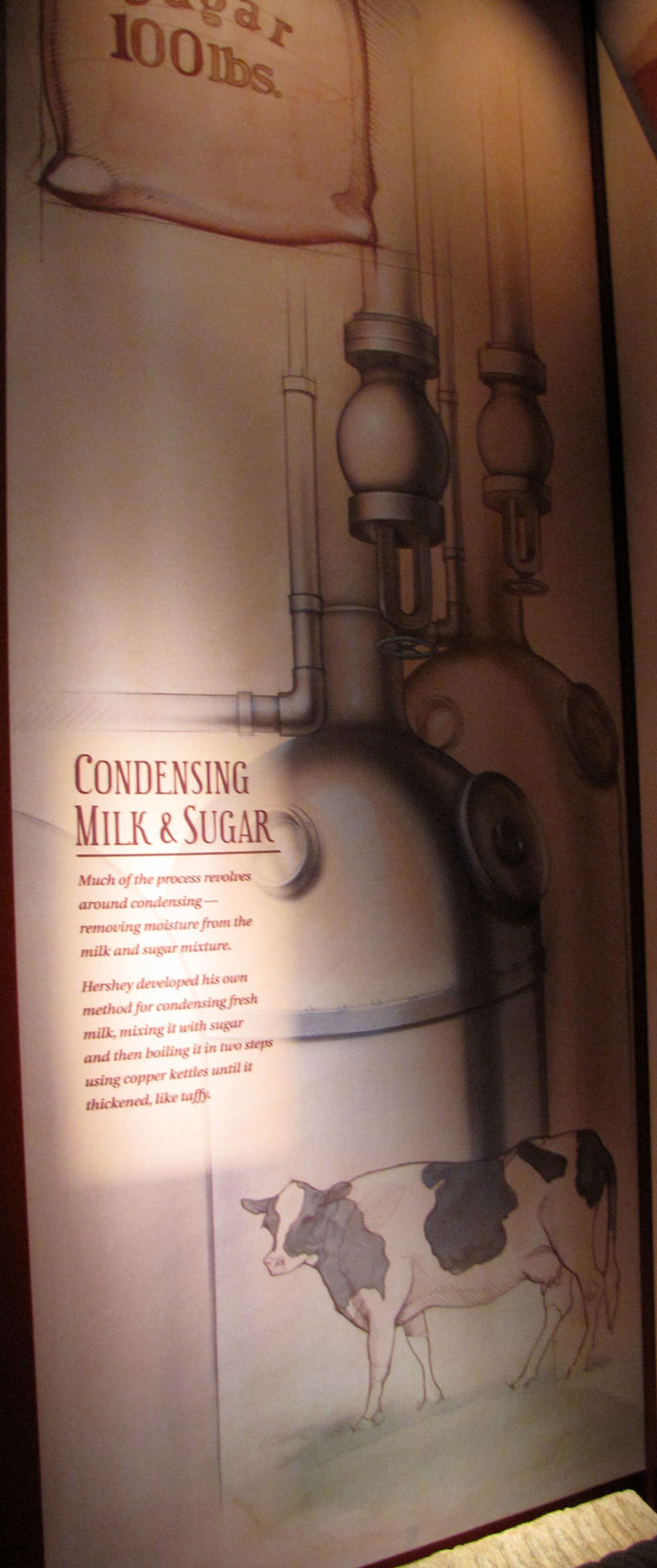
Condensing Milk and Sugar
In fall 2007, Hershey changed their milk chocolate recipe by adding lactose, milk fat, and the food additive PGPR. In December 2007, Philadelphia city councilman Juan Ramos called for Hershey's to stop marketing "Ice Breakers Pacs" due to the resemblance of the packaging to that used for street drugs.
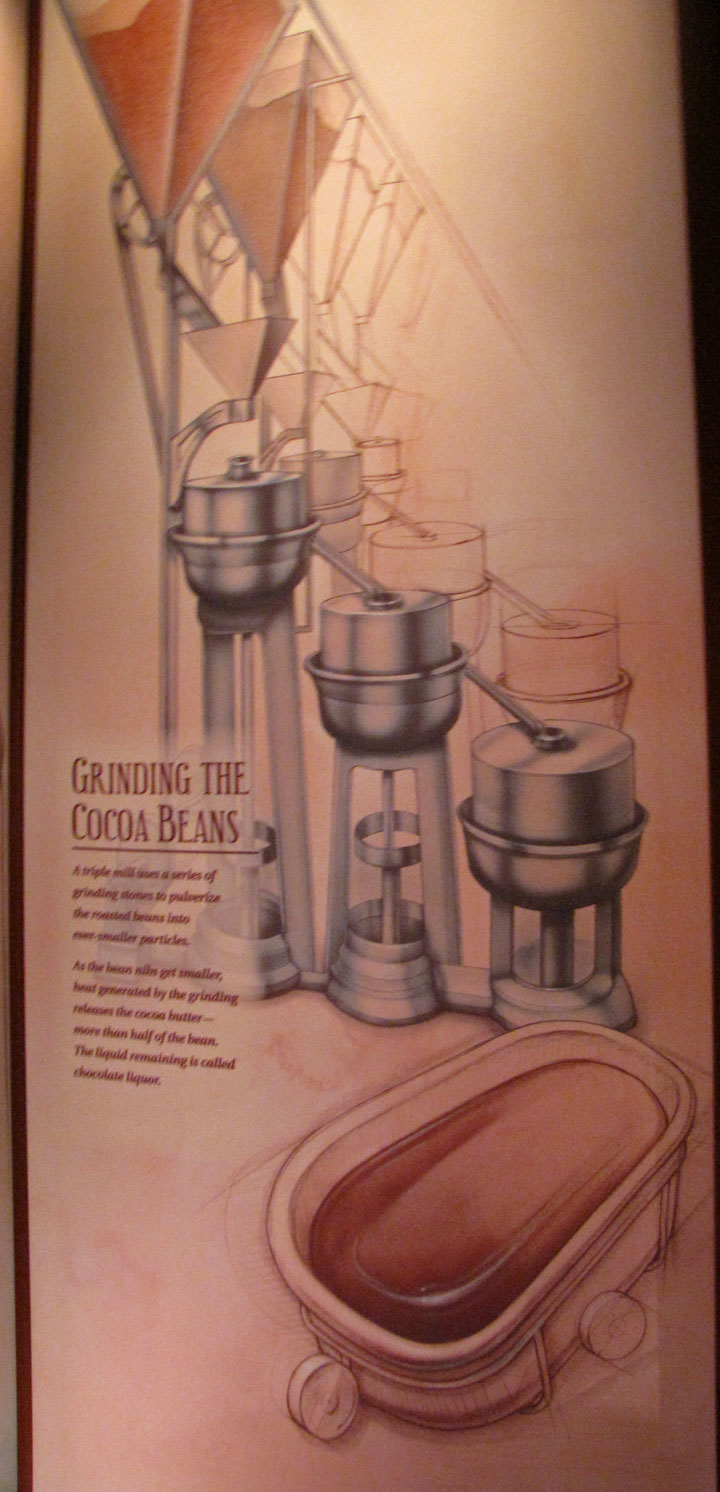
Grinding the Cocoa Beans
In September 2008, MSNBC reported that several Hershey chocolate products were reformulated to replace cocoa butter with vegetable oil as an emulsifier. According to the company, this change was made to reduce the costs of producing the products instead of raising their prices or decreasing the sizes. Some consumers complained that the taste was different, but the company stated that in the company-sponsored blind taste tests, approximately half of consumers preferred the new versions. As the new versions no longer meet the Food and Drug Administration's definition of "milk chocolate", the changed items were relabeled from stating they were "milk chocolate" and "made with chocolate" to "chocolate candy" and "chocolaty."
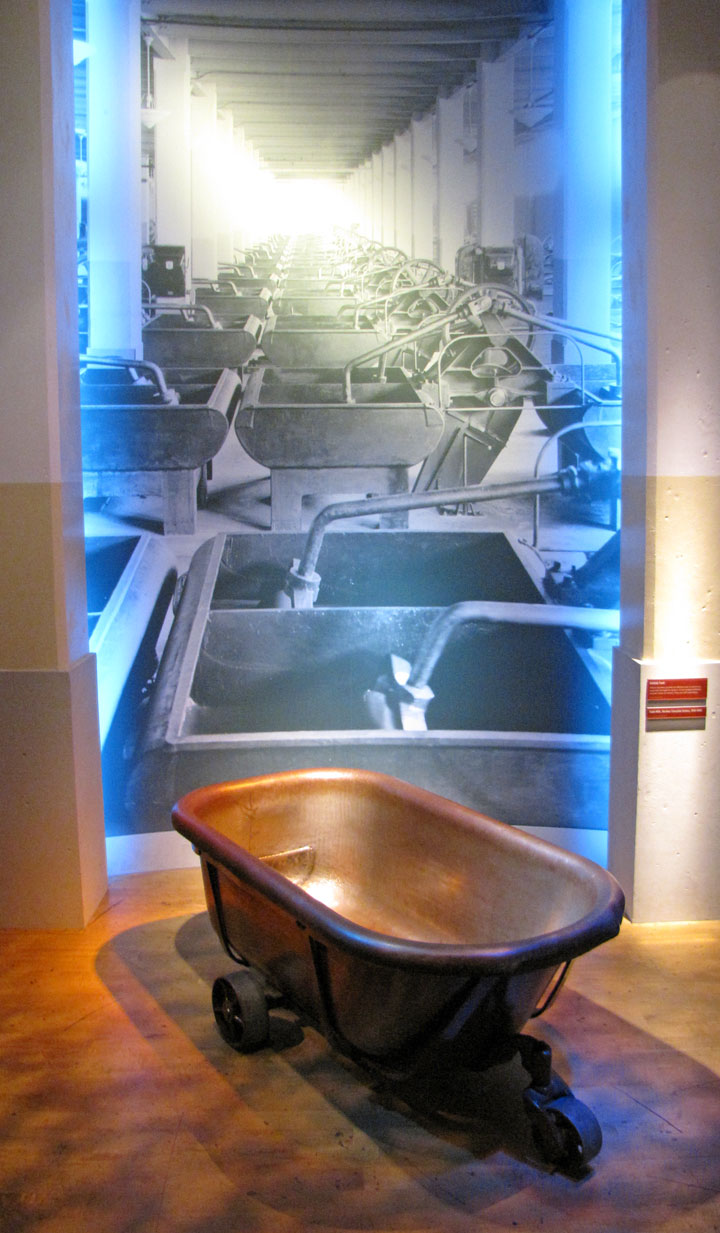
The Hershey, Pennsylvania plant, covering two million square feet of
manufacturing space (185,806 square meters), is the largest chocolate factory in
the world.
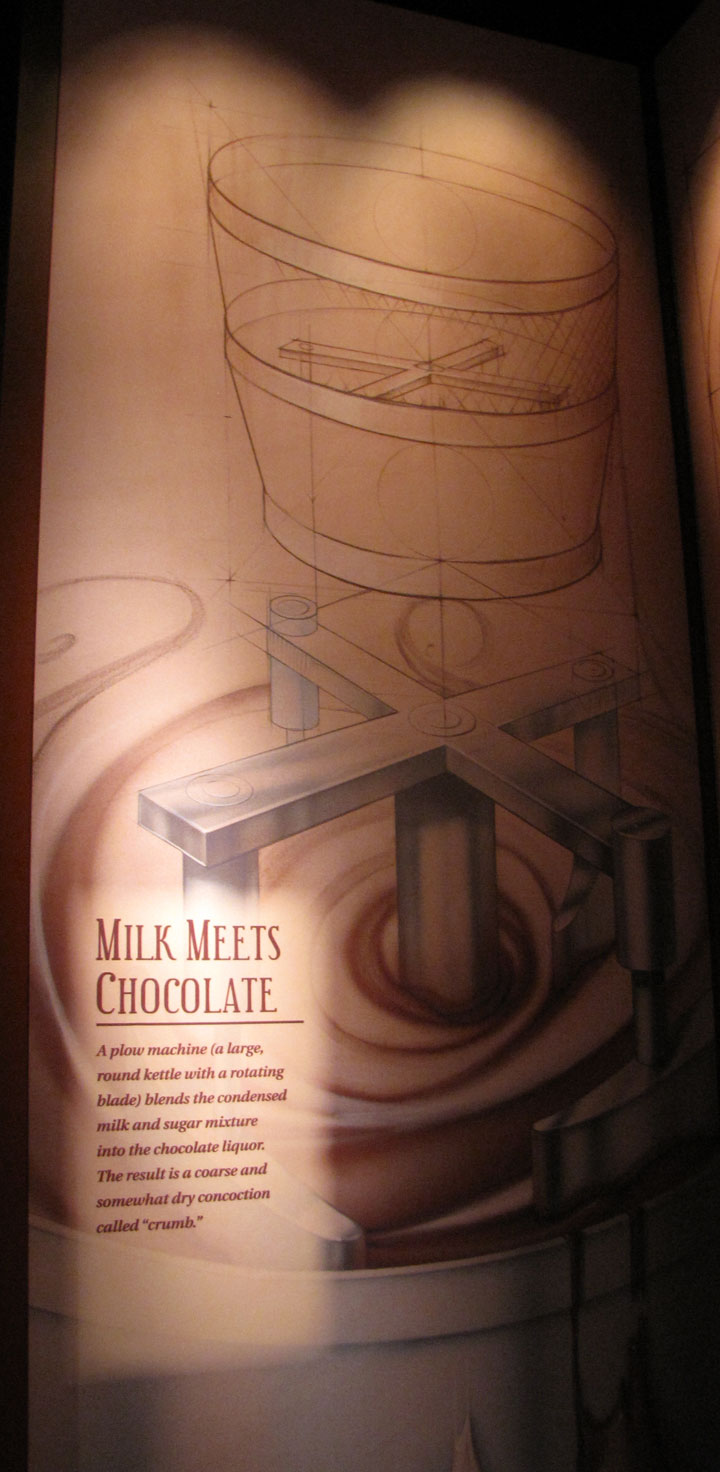
Milk Meets Chocolate
The first plant outside Hershey, Pennsylvania opened on June 15, 1963 in Smiths Falls, Ontario, Canada. Hershey's third opened on May 22, 1965 in Oakdale, California. In February and April 2007 Hershey's announced that their Smiths Falls and Oakdale plants would close in 2008, being replaced in part by a new facility in Monterrey, Mexico. The Oakdale factory closed on February 1, 2008. Hershey chocolate factory in São Roque, Brazil was opened in August 2002.
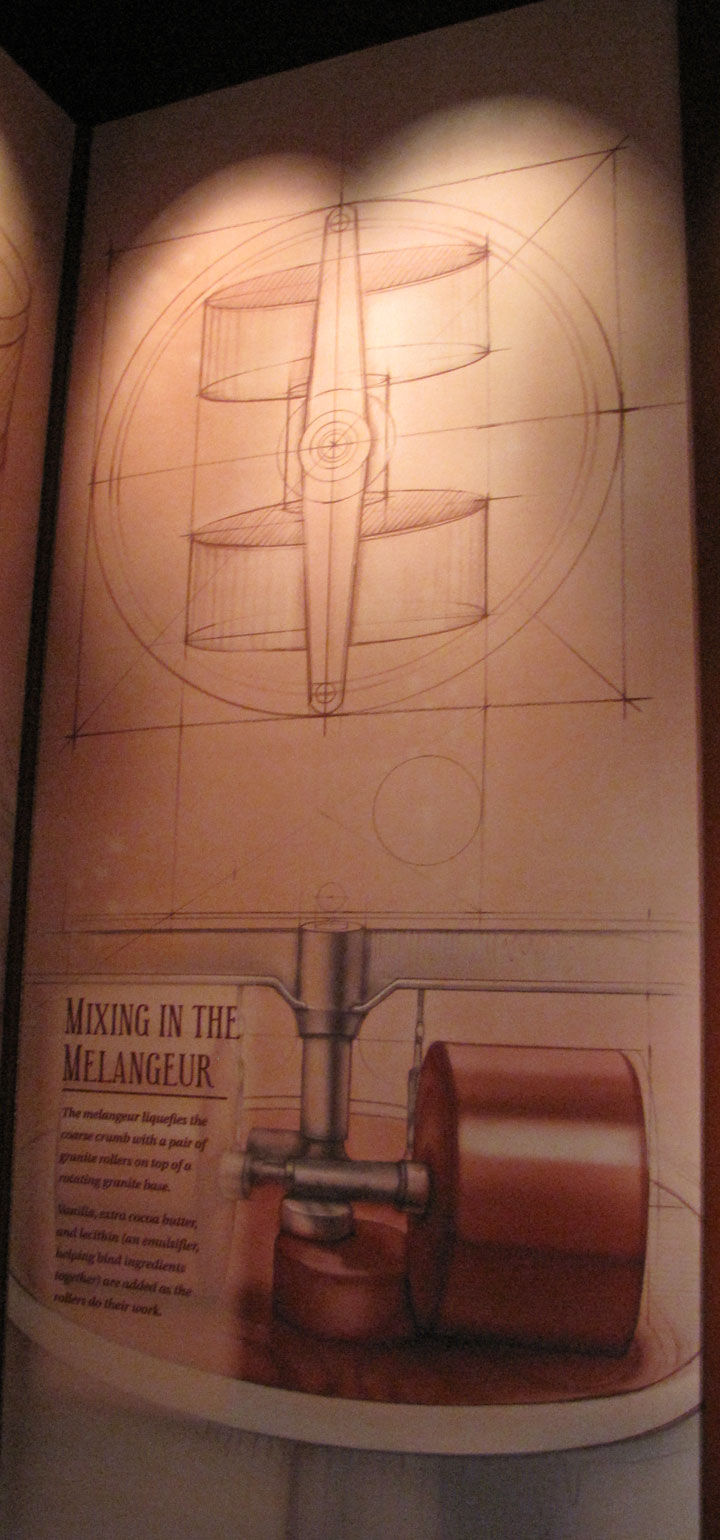
Mixing in the Melangeur
Hershey also has plants in Stuarts Draft, Virginia, Lancaster, Pennsylvania, Hazleton, Pennsylvania, Memphis, Tennesee, Robinson, Illinois and Guadalajara, Mexico.
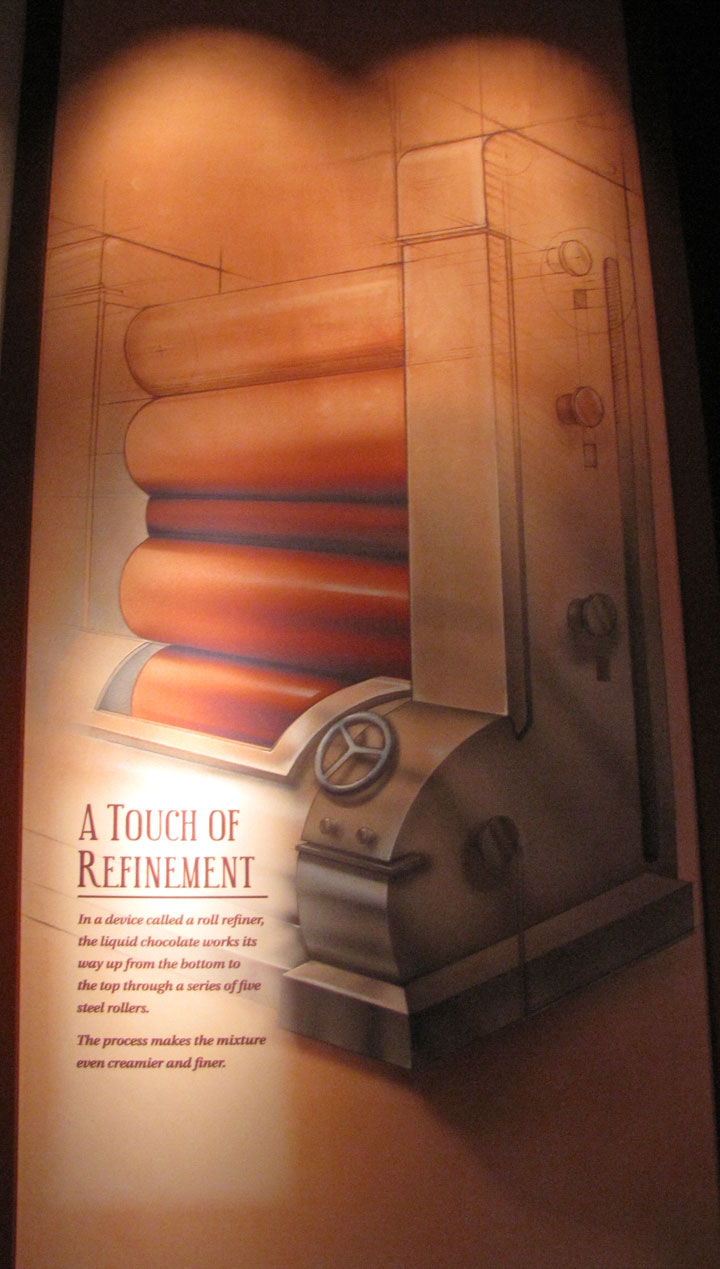
A Touch of Refinement
Tours were operated in the Pennsylvania and California factories, but this is no longer the case. Visitors to Hershey, Pennsylvania can experience Hershey's Chocolate World visitors center and its simulated tour ride.
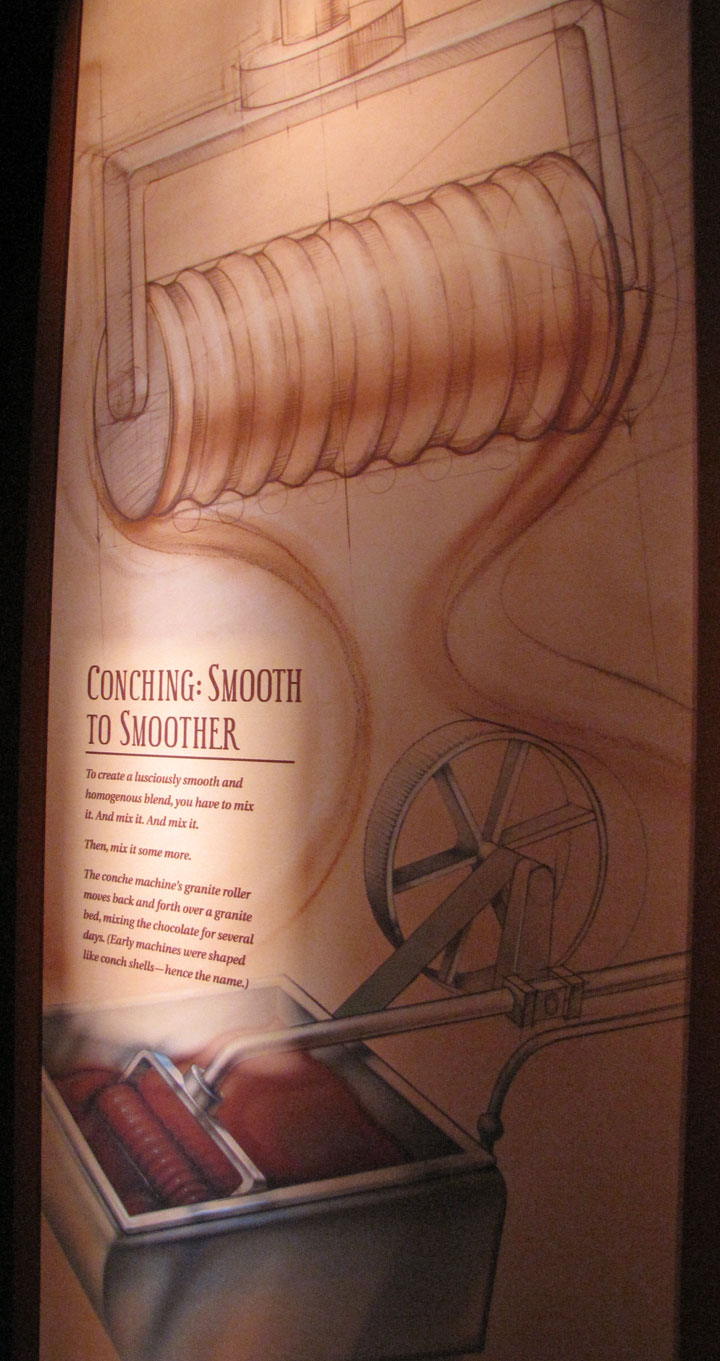
Conching: Smooth to Smoother
In 1977, Hershey acquired Y&S Candies, founded in 1845 and now makers of Twizzlers licorice candies. In 1986, Hershey's began a brief foray into cough drops when it acquired the Luden's cough drops brand. By 2001, the brand had been sold to Pharmacia (Ludens is now currently a product of Johnson & Johnson). In 1988, Hershey's acquired the rights to manufacture and distribute many Cadbury-branded products in the United States. Cadbury creme eggs sold in the United States are imported by Hershey from Cadbury in the United Kingdom.
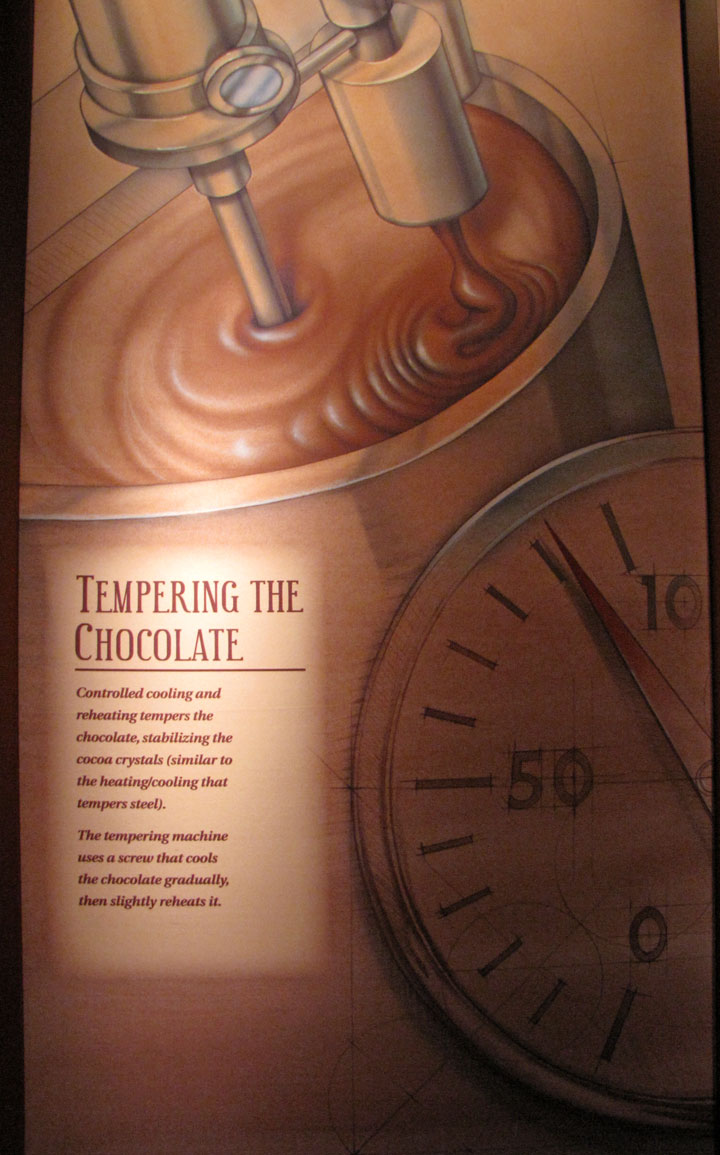
Tempering the Chocolate
On July 25, 2002 it became public knowledge that the Hershey Trust Company was seeking to sell its controlling interest in the Hershey Foods Corporation. The value of Hershey stock skyrocketed 25% with over 19 million shares trading that day. However, over the next 55 days, widespread press coverage, as well as pressure from Pennsylvania Attorney General Mike Fisher, the Community of Hershey, and Dauphin County Orphans' Court Senior Judge Warren G. Morgan, led to the sale being abandoned. The seven Hershey Trustees who voted to sell Hershey Foods on September 17, 2002, for US$12.5 billion to the William Wrigley Jr. Company were removed by Attorney General Fisher and Judge Morgan. Ten of the 17 Trustees were forced to resign and four new members who lived locally were appointed. The former Pennsylvania Attorney General, LeRoy S. Zimmerman, became the new Chairman of the reconstituted Milton Hershey School Trustees. Mr. Zimmerman has publicly committed to having the Milton Hershey School Trust always retain its interest in The Hershey Company.
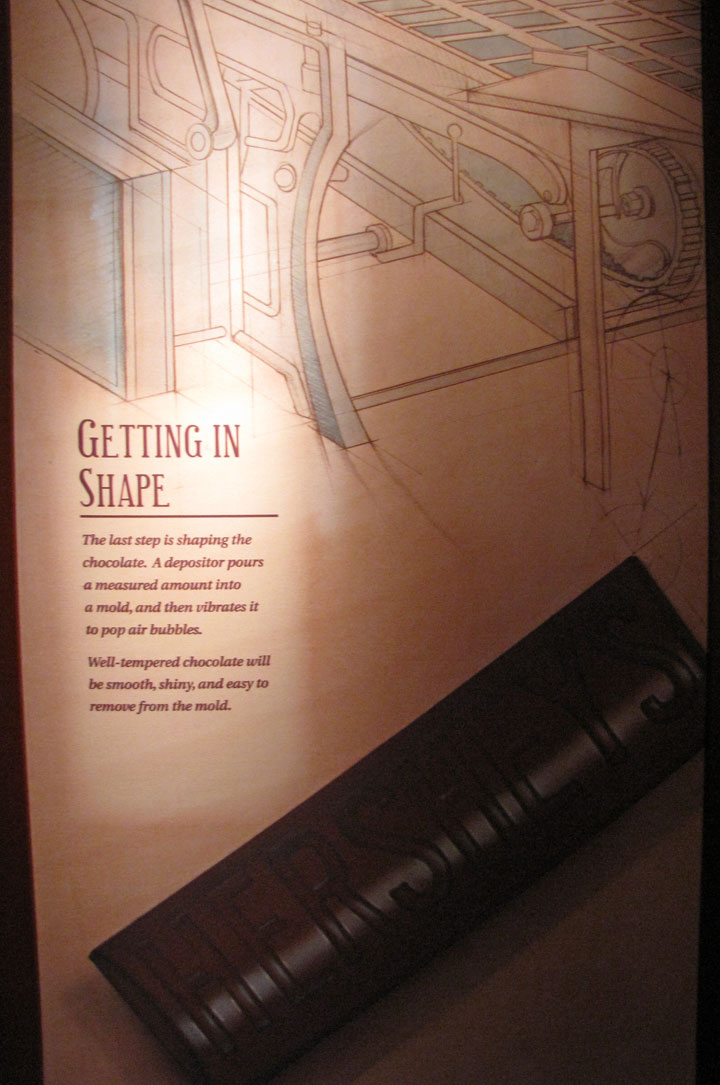
Getting in Shape
In December 2004, Hershey acquired the Mauna Loa Macadamia Nut Corp. from The Shansby Group.
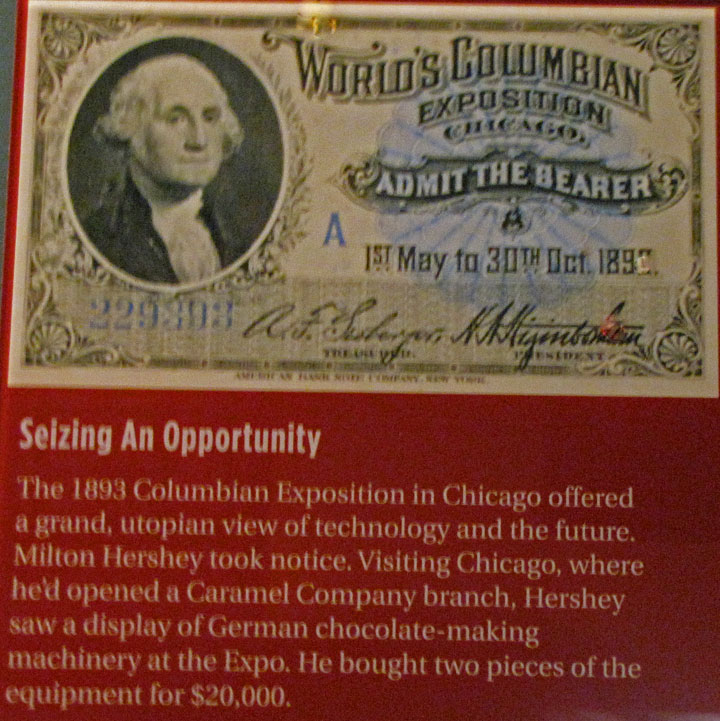
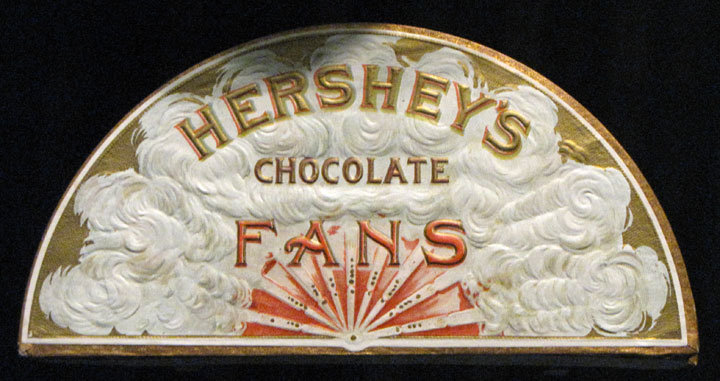
In July 2005, Hershey acquired the Berkeley, California-based boutique
chocolate-maker Scharffen Berger.

In November 2005, Hershey acquired Joseph Schmidt Confections, the San
Francisco-based chocolatier.
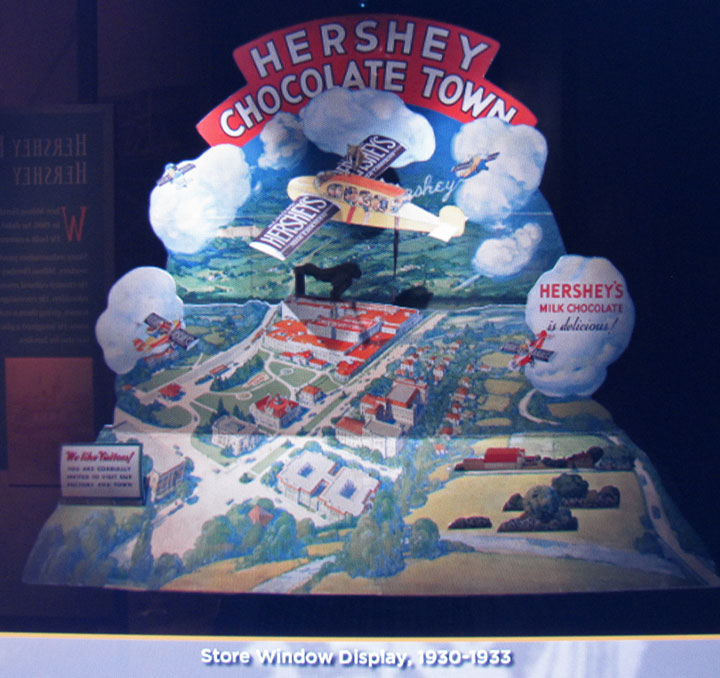
In November 2006, Hershey acquired Dagoba Organic Chocolate, a boutique
chocolate maker based in Ashland, Oregon.
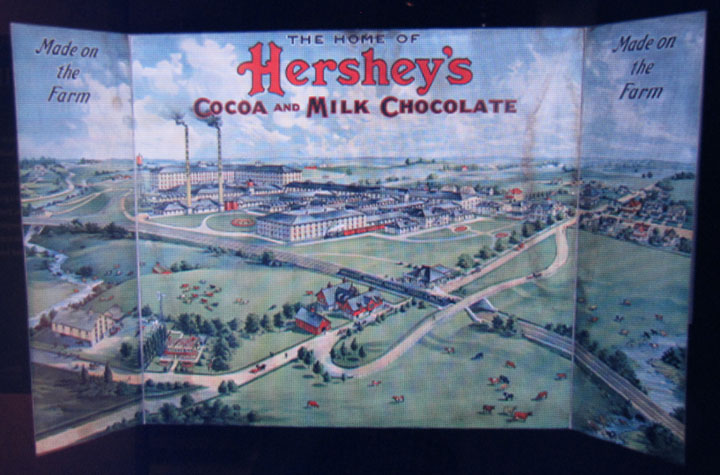
Hershey's chocolate is available across the United States, due to their wide
network of distribution. They have three mega distribution centers, with modern
technology and labor management systems.
Text from Wikipedia

